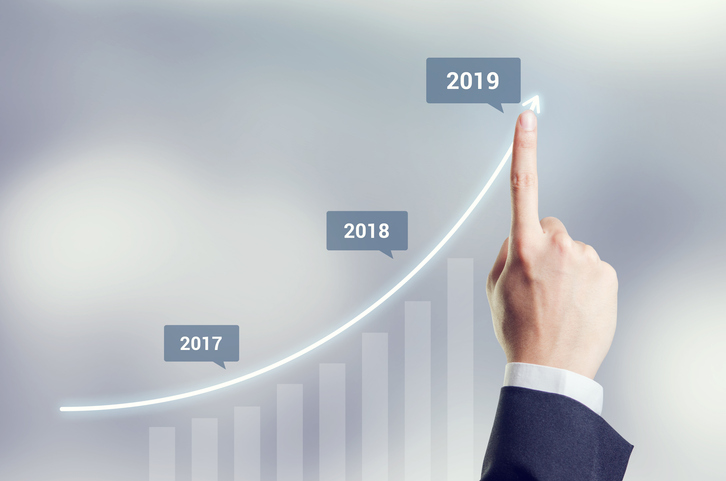
© oatawa_/iStock/Getty Images Plus
How many companies take more than 3 months to complete their budget? How many finance leaders actually trust the numbers that are produced at the end of the budget cycle? How many companies still rely on spreadsheets and manual data entry, even with an ERP in place? Manual Budgeting: A Finance Professional’s Nightmare is a short quiz that explores these questions - and uncovers just how terrifying manual budgeting can be.
Across the business world, CFOs and other finance leaders are looking for ways to meet the growing demands being placed upon their teams. Management and stakeholders are demanding more trusted, up to date numbers and accurate forecasting. Externally, auditors and regulators are demanding more detailed information spanning virtually every aspect of the business.
To meet these ever-growing demands, finance teams need to be more efficient than ever. Productivity is no longer just about saving time and money, but a fundamental indicator of a finance team’s ability to hold up their side of the business. Indeed, inefficiencies in finance can have costly consequences to the company’s financial health, reputation and even shareholder value.
There’s just one problem – inefficiencies are rampant in finance departments at companies of all shapes and sizes. And the magnitude of these inefficiencies – in wasted time, redundant work and more – is shocking.
Consider PwC’s recent findings on how finance teams are spending (and wasting) their time. Depending on the function, as much as 46% of the time spent in finance is either wasted effort, or work that can easily be automated.
Another study cited in CFO.com underscored this finding, with 80 percent of mid-sized to large companies getting less than 50 percent of the productivity they want out of their budgeting and forecasting teams. This comes from a global survey of CFOs undertaken in the first half of 2015 by CEB, a member-based advisory.
CEB found that timeliness was the biggest challenge inherent in the financial forecasting process, cited by 45 percent of financial leaders. Other common issues included depth of forecasting (33 percent), accuracy (26 percent), transparency, insight, clarity and efficiency. Based on these findings, CEB determined that the majority of companies today have significant room for improvement in the field of financial planning and analysis (FP&A).
As any finance professional knows, a significant portion of that wasted time isn’t because the finance team is sitting around, waiting for something exciting to happen. In fact, it’s quite the opposite – time gets wasted because existing FP&A processes are inefficient. And most of the time, those inefficiencies exist because of manual steps in the process, steps that shouldn’t be there at all.
Manual, Excel-driven processes are familiar to anyone in finance. But they’re far from ideal for efficient, accurate and transparent budgeting, planning and forecasting. Vena has taken data from the Aberdeen Group, BPM Partners, the Beyond Budgeting Roundtable, KPMG and PWC to paint a picture of the manual budgeting landscape - and it’s a scary place.
Take this short, 3-question quiz to explore what’s so scary about manual budgeting, and discover how to avoid the more insidious elements of the process.